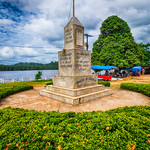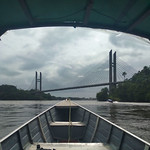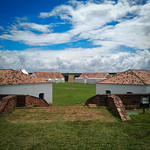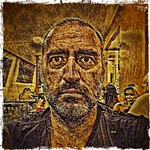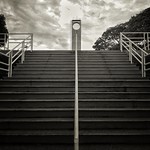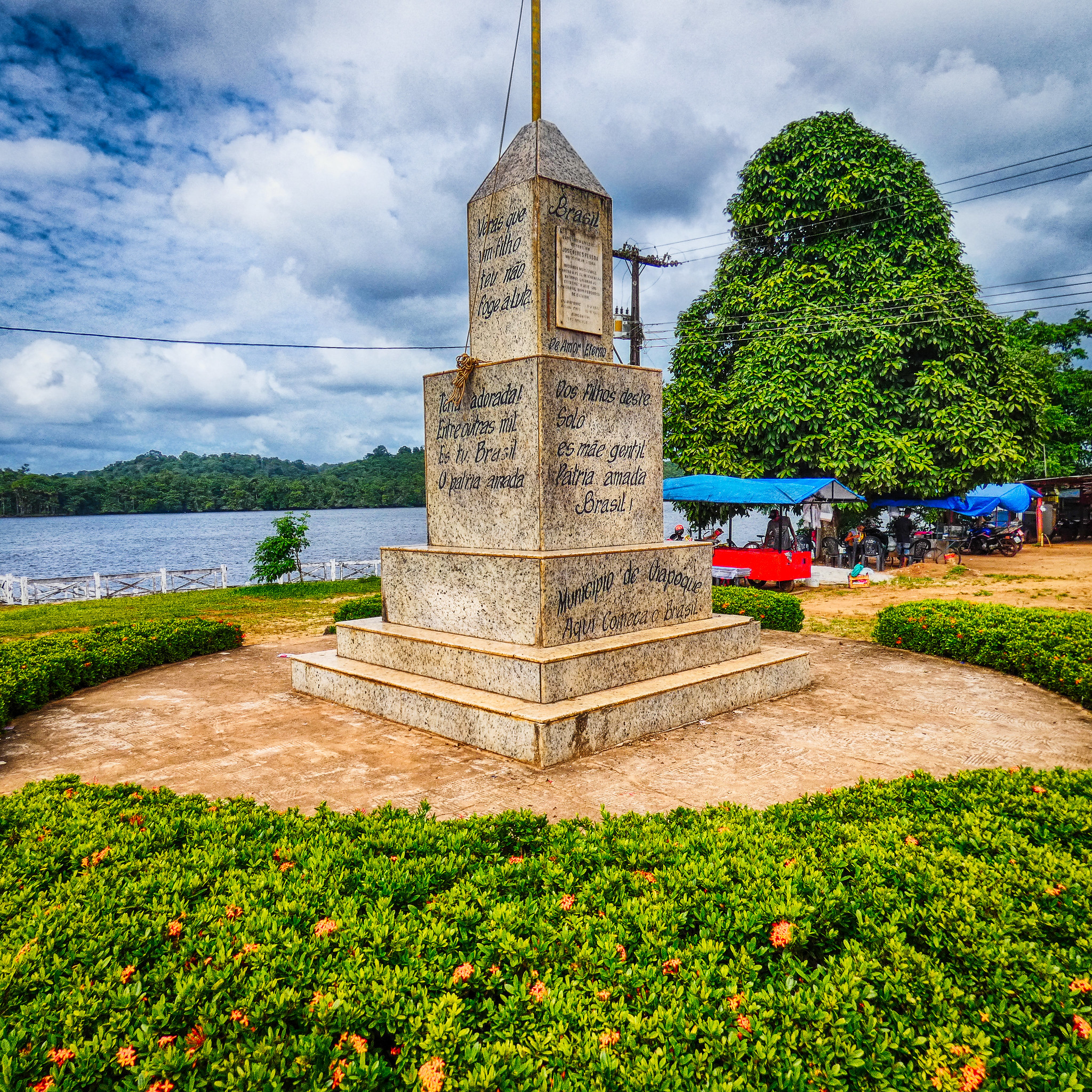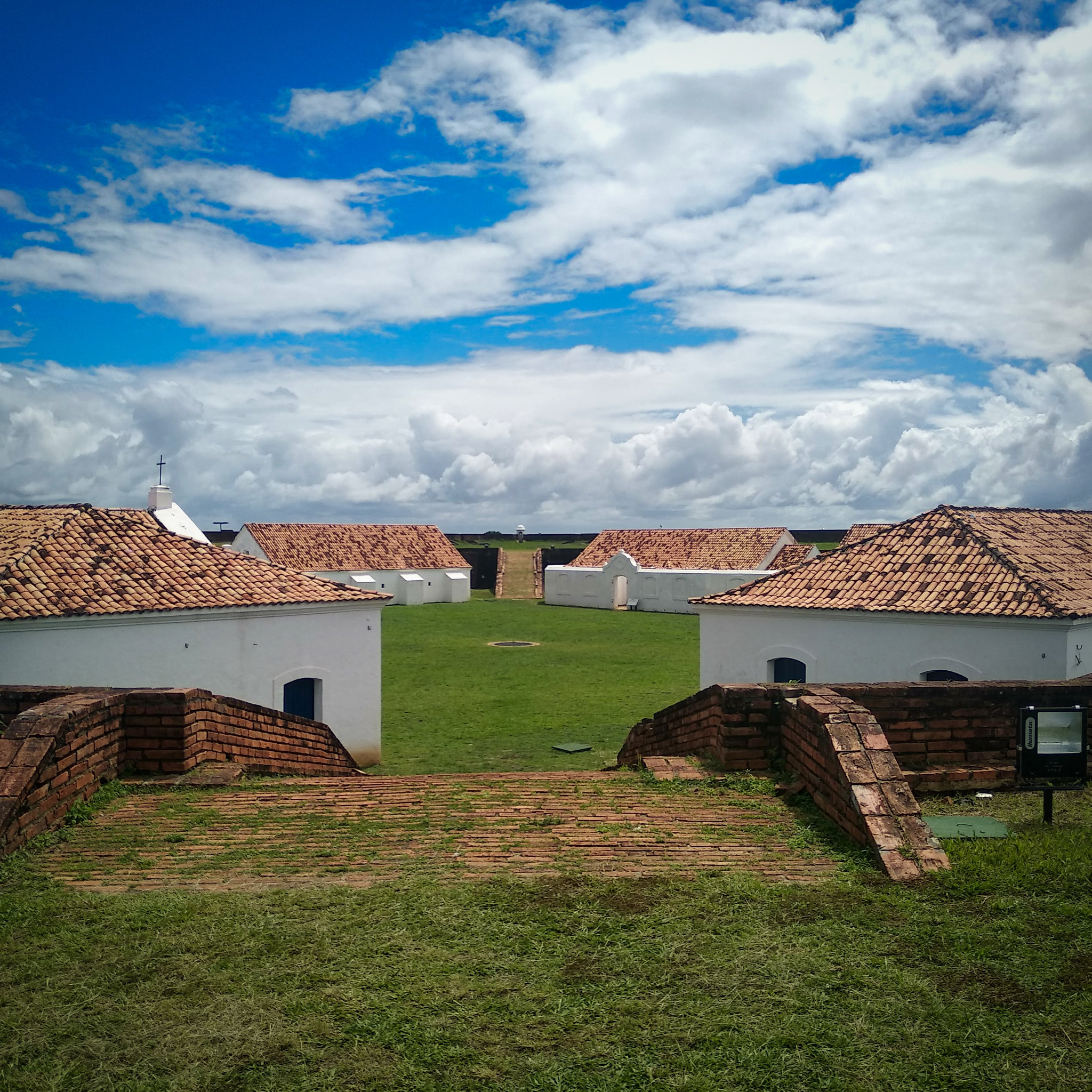Portuguese Guyana, at last
Macapá, the capital of Amapá, the Brazilian state bordering French Guyana, is as Brazilian as any. Indistinguishable from any other provincial Brazilian town, there is little left of the Guyanese heritage that is quite obvious in the Guyanas that are still independent territories.
Yet, it’s also in the virtual middle of nowhere. Where Boa Vista, the state capital of Roraima, is connected to Manaus, Macapá is pretty close to Belém, but still a 24-hour boat ride away. On the other hand, it is possible to get to French Guyana by road, and now that a bridge actually spans the Oiapoque river, connecting the European Union with Brazil, it might just only be a matter of time before the 12 hour bus ride between Oiapoque and Macapá will move along tarred roads.
However, though a bridge exists, most travellers take the small boats that travel between the French and Brazilian sides. And here, like on the other side of French Guyana, the border is quite porous.
When we arrived on the French side, we had to ask around for the immigration office, which turned out to be on its lunch break. We waited, got stamped, and walked back to the shore, to catch one of the boats taking us slightly upstream and to Oiapoque. There, on the Brazilian side, we also had to ask around for the immigration office, which turned out to be a 5 minute walk away, where the federal police appeared rather surprised they had to stamp someone in. Natalia of course can come and go, but I need to officially enter the country. The lady that attended me took a photo of my passport with her cellphone and stamped it, wishing me a pleasant stay.
Where Saint-Georges, the town on the French side, is sleepy, Oiapoque, if small with only about 25000 inhabitants, is surprisingly lively. But, there’s little to see or do, except for the monument that marks ‘Where Brazil begins’. Built during the dictatorship, the monument is sort of marking the northern most point of ‘the main road’ from north to south. Notwithstanding that there’s no actual crossing of the Amazon. (True, since a few years, there’s a bridge spanning the Amazon in Manaus, but besides that it actually spans the Rio Negro, it also doesn’t connect Brazil north of the Amazon with Brazil south of the Amazon. And, it’s also thousands of kilometres to the east.)
Just behind this ‘Monumento Extremo’ is another little monument. It looks like an empty bench, raised several meters off the ground, built on a little pier jutting into the river. Seemingly pointless, the bench, not too long ago, held a stone bible and the inscription ‘This is where the evangelisation of Brazil begins’.
The town of Macapá lies on the equator. The biggest story being the town’s primary stadium, built on the equator itself and called Zerão, The Big Zero. The idea is that, when in use, the Northern Hemisphere is playing the Southern Hemisphere. Which could be sort of true if the center of the field was actually on the equator. You’d be excused to think it is, as the stadium is perfectly aligned with a monument marking the equator, as well as with the Avenida Equatorial. However, all are off by 25 meters or so, the actual equator being somewhat to the south of all of them.

